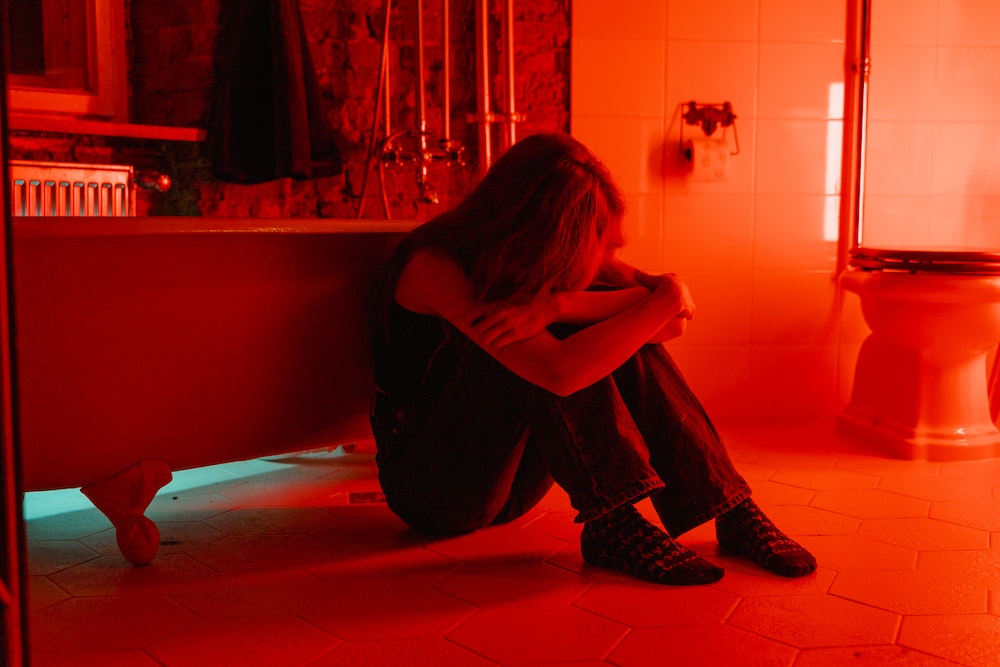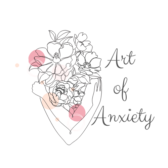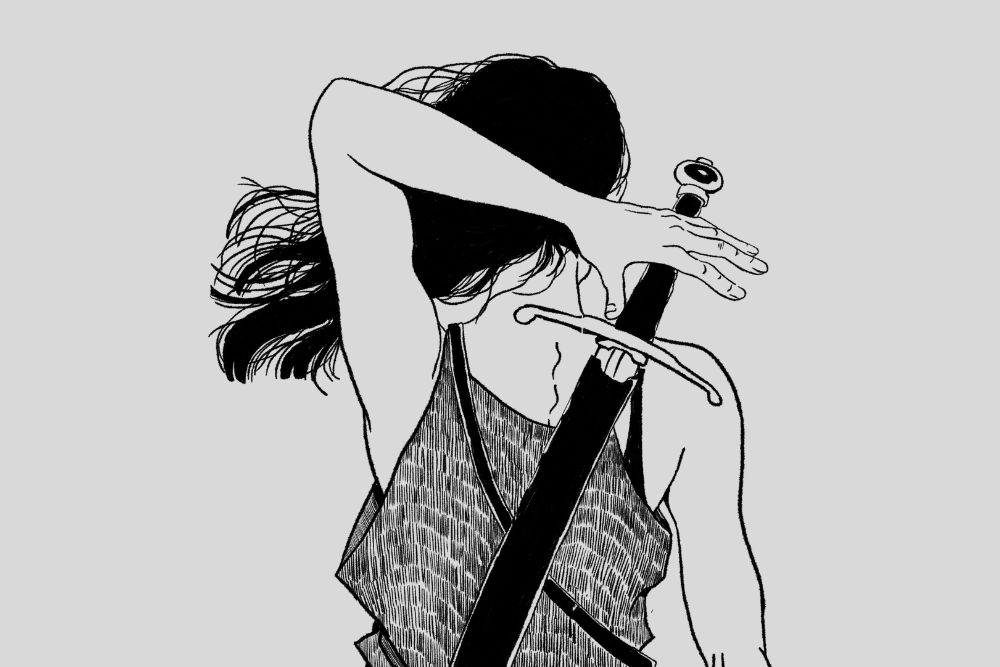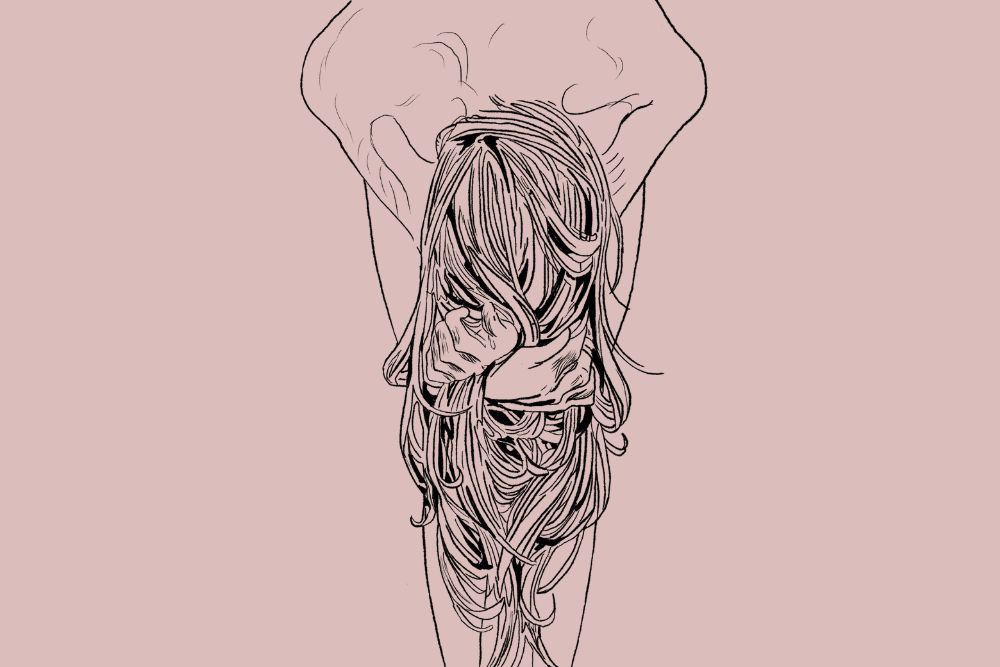Different trauma responses in adults include fight, flight, freeze, and fawn. Since trauma is a complex experience, it can elicit various responses in adults.
These responses are influenced by the nature of the trauma, personal history, and mental health conditions such as generalized anxiety disorder and depression.
Delve into the diverse trauma responses adults may exhibit. Explore the fawn, freeze, fight, and flight responses and how they link to anxiety.
Traumatic Response Definition
Trauma responses are the instinctual reactions that individuals develop as a means of coping with distressing or traumatic events. For example, facing one of our universal fears can trigger a response.
These instinctual trauma responses are often automatic and can manifest in different ways, influencing our behavior, emotions, and thought patterns.
4 Different Types of Trauma Responses
There are four main trauma response types in adults. These are Fawn, Flight, Fight, and Freeze. Depending on the type of trauma you face, you may react differently.
In some situations, you might have a fawn response, while in others, you might have a flight trauma response. Your trauma response symptoms will depend on who you are and your personal history.
It’s also worth noting that sometimes these trauma responses can overlap.
Trauma Response: Fawn
The fawn response is characterized by an inclination to appease or please others as a way of avoiding conflict or harm.
This response can stem from a history of navigating difficult or unsafe situations by prioritizing others’ needs over one’s own. This response is one of the common responses to trauma in those who suffer from anxiety disorders.

Examples of Fawn Response to Trauma
- Overaccommodating Behavior: This shows up as constantly agreeing with others, even when our own preferences or needs are different
- Difficulty Saying No: Struggling to set boundaries is a clear sign of a fawn trauma response. It also manifests in fearing rejection or conflict if they assert their own desires.
- People-Pleasing: If you go to great lengths to avoid disappointing others, even at the expense of your own well-being, you’re probably having a fawn response.
- Feeling Overwhelmed: The pressure to meet others’ expectations might lead to feeling overwhelmed by your inability to say no.
- Codependency: You may become overly reliant on others for validation and self-worth. It could even manifest as a fear of doing things alone. I struggled with this one for years, and it still pops up from time to time.
- Lack of Identity: Focusing on others’ needs can lead to a diminished sense of self-identity.
- Self-Criticism: Constantly seeking approval from others can lead to self-critical thoughts if expectations aren’t met.
Trauma Response: Freeze
The freeze trauma response involves a feeling of being paralyzed or unable to respond in a threatening situation. It can be a way to minimize the risk of further harm.
You may feel physically frozen, unable to move. Or it could be a mental freeze, keeping you from making decisions.

Examples of Freeze Response to Trauma
- Emotional Numbness: You may feel disconnected from your emotions, finding it challenging to express feelings. If you’re struggling to cry, this is an indicator you may be in a freeze response.
- Difficulty Making Decisions: Struggling with decision-making due to a fear of making the wrong choice is another common freeze response.
- Social Withdrawal: Isolation might become a way to avoid potential triggers, leading to a sense of detachment from others.
- Exhaustion: The constant state of being on guard and hypervigilant can lead to emotional, intense hyperarousal and physical exhaustion. Excessive sleeping could be a sign of this.
- Feeling Stuck: You might feel stuck in repetitive thought patterns or behaviors due to the inability to move forward.
- Dissociation: Feeling disconnected from oneself or reality is a common response to overwhelming stress.
Trauma Response: Fight
The fight response is characterized by trauma response behaviors that are aggressive or confrontational. These behaviors are often used as a defense mechanism against perceived threats.

Fight Trauma Response Examples
- Anger Outbursts: You may have sudden episodes of intense anger, even in response to minor triggers.
- Hyper-vigilance: You’re constantly on guard, expecting danger, and ready to react aggressively to perceived threats.
- Control Issues: Trying to control every aspect of your life is a clear indicator of a fight trauma response. This need for control might manifest in various aspects of life, stemming from a desire to prevent vulnerability.
- Irritability: Persistent irritability might be a result of internalized tension and the expectation of danger.
- “The Bully”: The fight response can sometimes manifest as a tendency to be verbally or emotionally aggressive towards others.
Trauma Response: Flight
The flight response involves an urge to escape or avoid distressing situations, often seeking safety and relief. It can also manifest as hiding away.

Flight Trauma Response Examples
- Avoidance Behaviors: You might avoid people, places, or situations that remind them of traumatic events. For example, I developed agoraphobia in response to a traumatic event.
- Escapist Activities: Engaging in excessive distractions, substance use, or other activities to evade distressing thoughts and emotions. While sometimes taking your mind off things with a relaxing hobby, it’s not useful if you’re hiding from something.
- Restlessness: They might experience restlessness or unease when confronted with triggering circumstances.
- Overworking: A response to stress might involve overworking in an attempt to escape emotional discomfort.
- Anxiety: The constant urge to escape can contribute to heightened anxiety levels.
Trauma Response Test
Recognizing one’s own trauma response is an important step toward healing. A trauma response test, often guided by mental health professionals, can help individuals identify their unique patterns and tailor their coping strategies accordingly.
If you want to get a general idea of which response relates to you the most, you could always take a trauma response quiz online.

Anxiety Disorders and Common Trauma Responses
Individuals with generalized anxiety disorder and depression may find their symptoms exacerbated by specific trauma responses.
For example, you might experience heightened worry and hypervigilance due to the fight or flight response. Depression can also intensify feelings of numbness and social withdrawal, amplifying the effects of the freeze response.
Understanding the relationship between trauma responses, generalized anxiety disorder, and depression is crucial for creating effective coping strategies.
Seeking professional support can aid in identifying these connections. It can also aid in developing a holistic approach to healing from trauma.
Gentle Reminder
Trauma responses in adults are intricate adaptations that individuals develop in response to distressing experiences.
These responses are deeply intertwined with mental health conditions like generalized anxiety disorder and depression.
By recognizing the various trauma response types and their connections, you can embark on a journey of healing, understanding, and growth. Seeking therapy and support is a great way to navigate trauma responses and foster resilience.
Note: I found Trauma Release Exercises (TRE) extremely valuable when recovering from my own trauma.

Kathryn is the creator of Art of Anxiety. She was diagnosed with GAD and MDD at 16 and has been working every day to master the art of anxiety ever since. Her favorite things to do are aerial yoga and hanging out with her cats while reading a good book.




